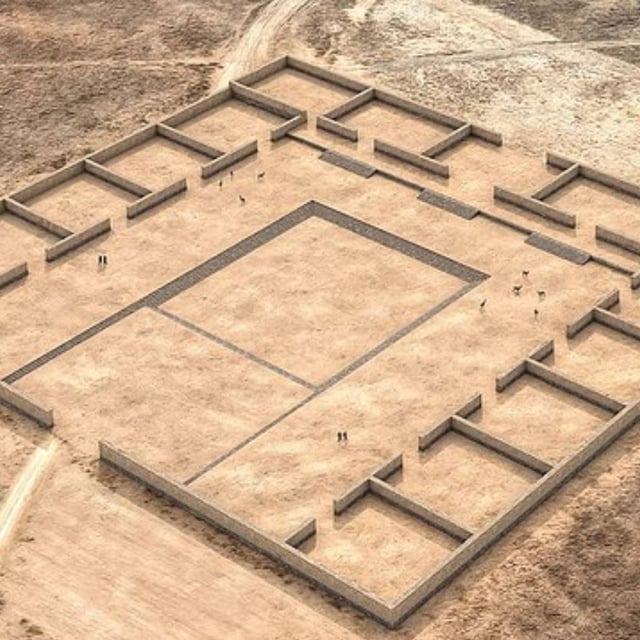Overview
- The newly documented temple complex, mapped via satellite imagery and drone-based 3D photogrammetry, measures about 410 by 476 feet with 15 enclosures aligned to the solar equinox.
- Carbon dating indicates Palaspata was active between AD 630 and 950, marking its role during the height of Tiwanaku expansion.
- Excavated artifacts including keru cup fragments, diverse pottery, animal remains and burials reveal ceremonial feasting and long-distance trade connections.
- Preservation measures initiated this week involve securing the ridge-top site and planning architectural reconstruction.
- Ongoing research will integrate local community heritage interests and deepen analysis of the complex’s sociopolitical and cosmological significance.
